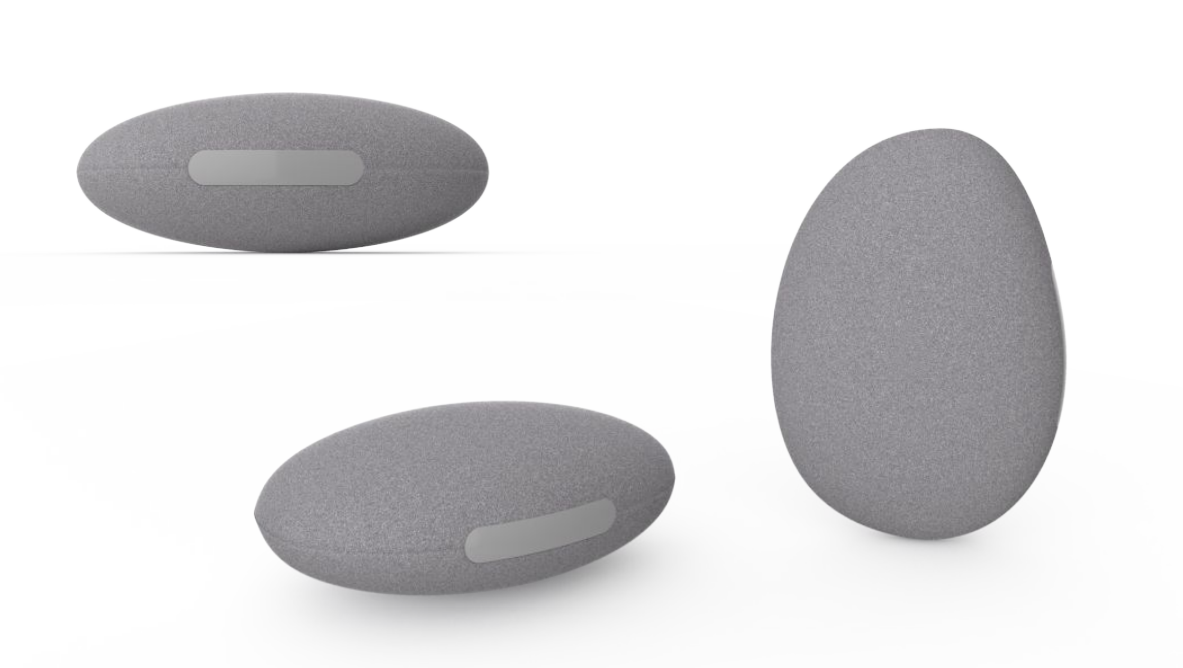The Kikkerland Sound Pebble is a rechargeable and portable sound machine designed during a 3-4 week period at Kikkerland Design for their inhouse catalog. It was an interesting exercise into getting the most out of your CMF choices, designing around a tight price point and timeline, and a study on sound design.
We explored many options but ultimately focused in a more minimal approach with side buttons to match our speaker.
From there, the sketches started to develop into CAD models and narrowed down to about 10 variations which were 3D printed, printed at 1:1 scale, and further evaluated for function and scale.
Below is one of the first off-mold samples.
In the end we were left with the sound pebble as you see it. I was overall pretty happy with the results and felt we achieved a good balance of quality for the price point.
Next
Next





























